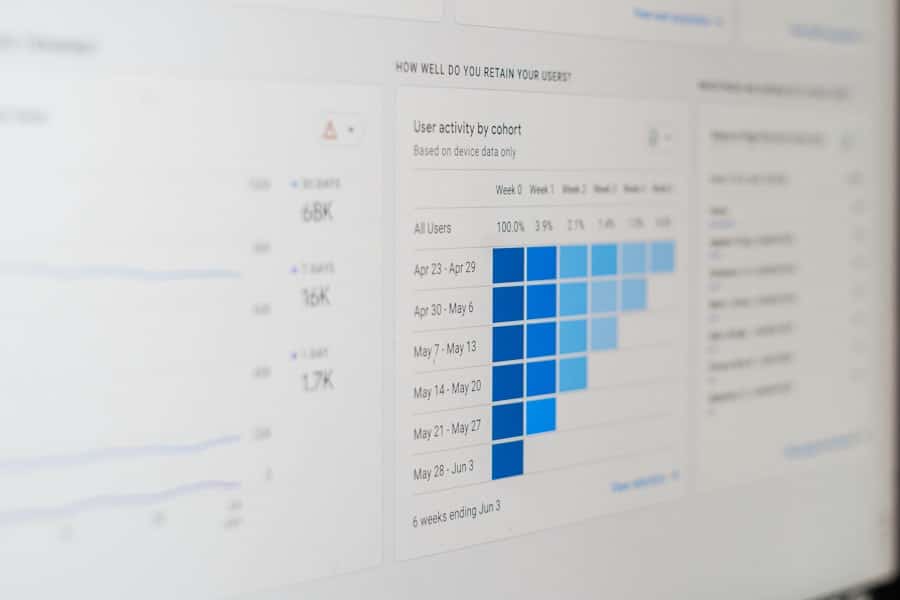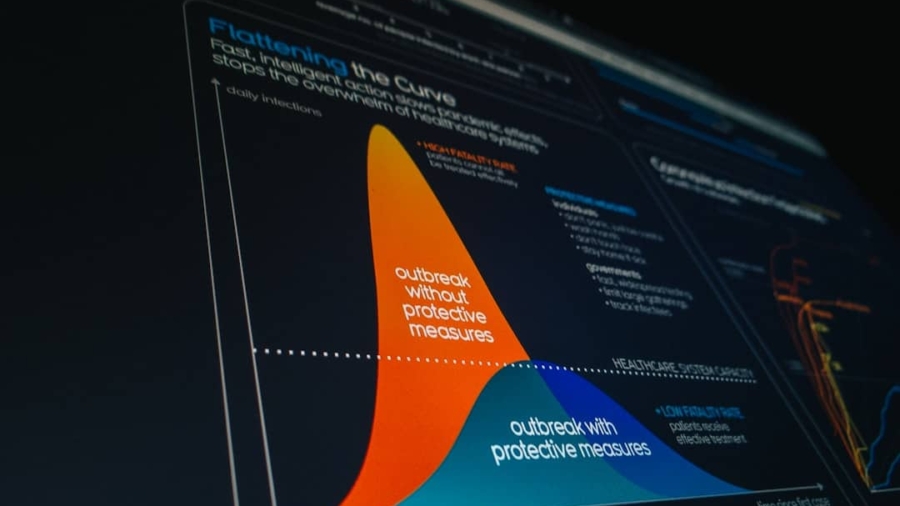Software metrics are quantitative measures used to assess various aspects of software development and maintenance. They serve as essential tools for evaluating the quality, performance, and efficiency of software products and processes. By providing a structured way to collect and analyze data, software metrics enable organizations to make informed decisions, improve processes, and ultimately deliver better products.
The concept of software metrics encompasses a wide range of measurements, from code complexity and defect density to user satisfaction and system performance. These metrics can be applied at different stages of the software development lifecycle, offering insights that can lead to enhanced productivity and reduced costs. The evolution of software metrics has been driven by the increasing complexity of software systems and the need for organizations to maintain a competitive edge in a rapidly changing technological landscape.
As software becomes more integral to business operations, the demand for reliable metrics has grown. Organizations are now leveraging these metrics not only to gauge the effectiveness of their development teams but also to align their software projects with broader business objectives. This alignment is crucial in ensuring that software initiatives contribute positively to overall organizational goals, such as customer satisfaction, market share, and profitability.
Key Takeaways
- Software metrics are essential for measuring and analyzing the performance and quality of software development processes.
- Software metrics play a crucial role in helping businesses make informed decisions, improve productivity, and manage risks effectively.
- There are various types of software metrics, including process metrics, product metrics, and project metrics, each serving different purposes in software development.
- Software metrics drive strategic decision making by providing valuable insights into the performance, quality, and efficiency of software development processes.
- Successful case studies demonstrate the effective implementation of software metrics in improving software development processes and driving business success.
The Importance of Software Metrics in Business
Optimizing Workflows and Time-to-Market
Metrics such as cycle time and lead time provide valuable insights into how long it takes to complete specific tasks or deliver features. This information is invaluable for project managers seeking to streamline workflows and improve time-to-market for new products or updates.
Fostering Transparency and Accountability
Software metrics facilitate better communication among stakeholders. When development teams can present data-driven insights to management, it fosters a culture of transparency and accountability. For instance, if a team reports a high defect density in a particular module, it can prompt discussions about quality assurance practices and lead to targeted improvements.
Enhancing Collaboration and Alignment
This data-centric approach not only enhances collaboration but also ensures that all parties are aligned on project goals and expectations. By leveraging software metrics, organizations can drive meaningful change and achieve their objectives more effectively.
Types of Software Metrics

Software metrics can be broadly categorized into several types, each serving distinct purposes within the development lifecycle. One common category is product metrics, which focus on the characteristics of the software product itself. These include measurements such as code complexity, which assesses how difficult it is to understand or modify the codebase, and defect density, which quantifies the number of defects relative to the size of the software.
These metrics are crucial for evaluating the quality of the final product and identifying areas that may require refactoring or additional testing. Another important category is process metrics, which evaluate the efficiency and effectiveness of the software development process. Metrics such as velocity in Agile methodologies measure how much work a team completes in a given iteration, while burn-down charts track progress against planned work over time.
These process-oriented metrics help teams understand their performance trends and make data-driven adjustments to improve productivity. Additionally, project metrics provide insights into the overall health of a project, including budget adherence, schedule variance, and resource utilization.
How Software Metrics Drive Strategic Decision Making
The integration of software metrics into strategic decision-making processes is becoming increasingly vital for organizations aiming to leverage technology effectively. By analyzing relevant metrics, leaders can make informed choices about resource allocation, project prioritization, and risk management. For instance, if a particular project consistently shows high defect rates through its associated metrics, decision-makers may choose to allocate more resources toward quality assurance or even reconsider the project’s viability altogether.
Furthermore, software metrics can inform long-term strategic planning by providing historical data that reveals trends over time. For example, if an organization observes a steady increase in customer-reported issues related to a specific feature, it may prompt a reevaluation of that feature’s design or functionality. This proactive approach allows businesses to adapt their strategies based on empirical evidence rather than relying solely on intuition or anecdotal feedback.
Case Studies of Successful Implementation of Software Metrics
Numerous organizations have successfully implemented software metrics to enhance their development processes and achieve business objectives. One notable example is Microsoft, which has utilized various metrics to improve its software quality and delivery timelines. By adopting a data-driven approach to track code quality through static analysis tools and automated testing frameworks, Microsoft was able to reduce defect rates significantly across its product lines.
This commitment to leveraging metrics not only improved product reliability but also fostered a culture of continuous improvement within development teams. Another compelling case is that of Spotify, which employs metrics extensively within its Agile framework. The company uses a combination of team velocity metrics and user engagement analytics to guide its product development efforts.
By analyzing how quickly teams can deliver features and how users interact with those features post-release, Spotify can make informed decisions about future enhancements and prioritize work that aligns with user needs. This approach has enabled Spotify to maintain its competitive edge in the music streaming industry while continuously evolving its platform based on real-time feedback.
Challenges and Pitfalls of Using Software Metrics

Misleading Metrics
Metrics can be manipulated or selectively reported to present a more favorable view of performance than is warranted. For instance, if a team focuses solely on increasing velocity without considering code quality or user satisfaction, it may lead to short-term gains at the expense of long-term product viability.
Selecting Relevant Metrics
Another challenge lies in the selection of appropriate metrics. Organizations may struggle with identifying which metrics are most relevant to their specific context or objectives. The proliferation of available metrics can lead to confusion or analysis paralysis, where teams become overwhelmed by data without clear guidance on how to act upon it.
Establishing Clear Goals
To mitigate this risk, organizations should establish clear goals for their metric usage and ensure that selected metrics align with those goals while providing actionable insights. This approach helps to ensure that software metrics are used effectively and provide meaningful insights that drive improvement.
Best Practices for Utilizing Software Metrics in Business
To maximize the effectiveness of software metrics in business contexts, organizations should adhere to several best practices. First and foremost, it is essential to define clear objectives for metric collection and analysis. By establishing specific goals—such as improving code quality or reducing time-to-market—teams can focus their efforts on collecting relevant data that directly supports those objectives.
Additionally, fostering a culture of transparency around metrics is crucial. Teams should feel empowered to share their findings openly and engage in discussions about performance trends without fear of retribution. This openness encourages collaboration and collective problem-solving while ensuring that all stakeholders are aligned on project goals.
Regularly reviewing and refining metric usage is another best practice that organizations should adopt. As projects evolve and business priorities shift, it is important to reassess which metrics remain relevant and which may need adjustment or replacement. Continuous improvement in metric selection ensures that organizations remain agile and responsive to changing circumstances.
The Future of Software Metrics in Driving Business Strategy
As technology continues to advance at an unprecedented pace, the role of software metrics in driving business strategy is poised for further evolution. The rise of artificial intelligence (AI) and machine learning (ML) presents exciting opportunities for enhancing metric analysis capabilities. Organizations can leverage AI algorithms to identify patterns within vast datasets that may not be immediately apparent through traditional analysis methods.
This could lead to more accurate predictions regarding project outcomes or user behavior. Moreover, as businesses increasingly adopt DevOps practices, the integration of software metrics into continuous delivery pipelines will become even more critical. Real-time monitoring of key performance indicators (KPIs) will enable organizations to respond swiftly to issues as they arise during development cycles.
In conclusion, the future landscape of software metrics will likely be characterized by greater automation, enhanced analytical capabilities, and an even stronger alignment with business strategy. As organizations continue to recognize the value of data-driven decision-making, the effective utilization of software metrics will remain a cornerstone of successful software development practices.
Software metrics play a crucial role in driving strategic business decisions, as highlighted in the article “Exploring the Features of the Samsung Notebook 9 Pro.
By leveraging software metrics and staying informed about the latest technological advancements, businesses can stay ahead of the competition and drive growth. Read more about how technology can shape strategic decision-making.
FAQs
What are software metrics?
Software metrics are quantitative measures that provide insight into the efficiency, quality, and performance of software development processes and products. These metrics help organizations understand and improve their software development practices.
How do software metrics drive strategic business decisions?
Software metrics provide valuable data that can be used to make informed decisions about resource allocation, project prioritization, and process improvement. By analyzing software metrics, organizations can identify areas for improvement, optimize development processes, and make strategic decisions that align with business goals.
What are some common software metrics used in business decision-making?
Common software metrics used in business decision-making include code complexity, code coverage, defect density, lead time, cycle time, and customer satisfaction. These metrics provide insight into the quality, efficiency, and effectiveness of software development processes, which can inform strategic business decisions.
How can organizations use software metrics to improve their business outcomes?
By leveraging software metrics, organizations can identify bottlenecks, inefficiencies, and areas for improvement in their software development processes. This allows them to make data-driven decisions to optimize resource allocation, prioritize projects, and improve overall business outcomes.

